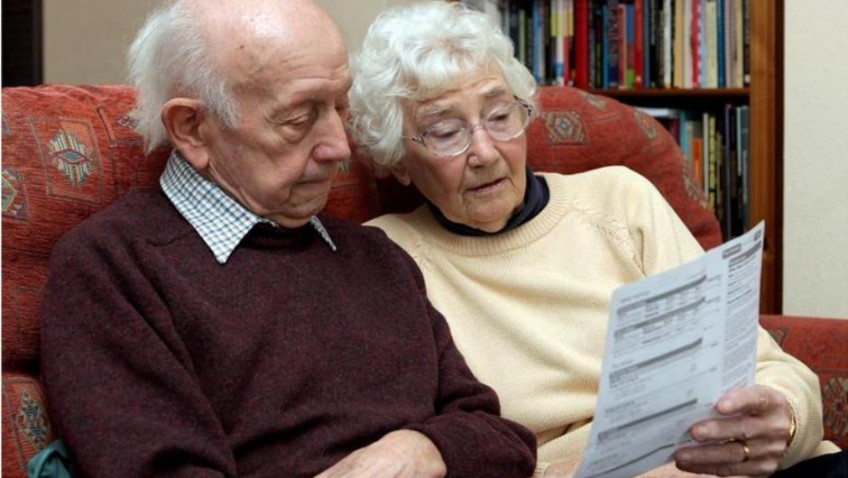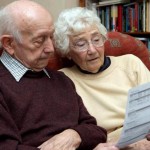A largely unheralded change to the tax system came in at the beginning of April, 2015, which could add over £200 a year to the disposable income of up to four million older households.
The change in personal allowance arrangements entitles married couples or civil partners, where one person is aged 80 or over, to transfer a fixed amount of 10% (for 2015/16, £1060) of the standard personal allowance to their spouse or partner who has not already reached the tax band.
It means that if your income is £10,600 or less, you may be able to reduce your husband, wife or civil partner’s tax by £212. What’s more, you may still be eligible if your income is greater than that because of tax-free savings interest.
It will be known as the marriage allowance, although it shouldn’t be confused with the existing “married couples allowance” and for 2015/16 it means that the recipient can reduce their tax bill by up to £212.
Deborah Stone, MD of the leading specialist advice website for older people and their families, www.myageingparent.com, explains: “The change has been brought in to help those aged 80 and over, and because the process is initially only being handled online, we are encouraging families of those who may be entitled to benefit from the change to find out the facts and – if it will help – apply to be recoded.”
So who can benefit from the change?
The rules state that:
- The recipient of the personal allowance must not be liable to income tax above the basic rate (ie, have an annual income of between £10,601 and £42,385).
- The transferor of their personal allowance should have an annual income of less than £10,600 (plus up to £5,000 of tax free savings interest).
- As a couple they must not be claiming married couples allowance.
- This affects couples where one was born before 6th April 1935, ie aged 80 and above, as of April 5th 2015.
So how has all this come about, and how will it work?
Since the idea was announced in the 2014 autumn statement, Her Majesty’s Revenue & Customs (HMRC) have been developing a process by which married couples and civil partners will be able to transfer their allowance.
The party transferring their allowance will have to apply to do so online. Once this has happened, HMRC will reduce their tax code by the amount to be transferred and notify the recipient about the subsequent increase to their tax code.
The transferred allowance is allocated to the recipient as a reduction to their income tax liability at the basic rate – which is much the same as the process in place for Married Couples Allowance (MCA).
It sounds simple in practice, but how does the application work?
Initially, and for this year only, people will be able to register their interest via www.gov.uk. This part of the application is designed to ease the process for HMRC who estimate as many as four million people could be eligible.
“Unfortunately,” says Deborah, “the online request does not tell you if you are actually eligible. When the new HMRC system is fully functional, which will probably be over the next few weeks, HMRC will invite people who have registered to apply. They will first need to confirm their identity using the new ‘verify’ system and then follow instructions on GOV.UK to actually transfer the allowance.
“There are two companies offering the ‘verify’ service at present, but we are informed that two more will be joining this year. It is understood that people will need either a valid driving licence or passport and a mobile phone.
“The fact that only very few people aged 80 and over are currently online is a drawback,” says Deborah, “which is why we are appealing for families to get involved. However, HMRC does recognise that some customers may struggle to apply online and we gather that plans are being put into place to address the issue.
“The good news is that, even of you do miss applying this year, all is not lost. It will be possible to claim within four years of the relevant tax year.”
More information available HERE
More helpful information and details on how to apply is available HERE




